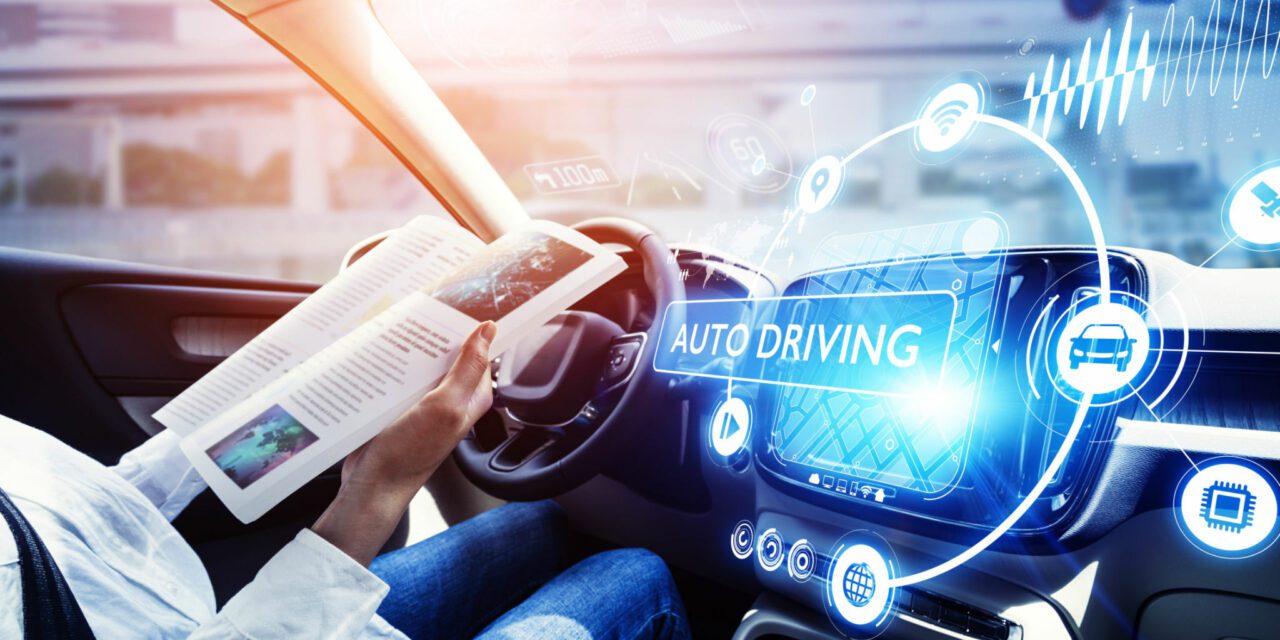Introduction to Driverless Technology
Driverless Technology In the realm of technology, the line between science fiction and reality has become increasingly blurred, especially when it comes to driverless technology. What was once a futuristic concept depicted in movies and books is now a tangible reality shaping the future of transportation. This blog explores the fascinating journey of driverless technology, tracing its roots in science fiction to its current state of evolution.
-
The Genesis in Science Fiction
Driverless technology wasn’t born in a laboratory; it first captivated the imaginations of science fiction writers. As early as the 1930s, authors like Isaac Asimov envisioned autonomous vehicles cruising effortlessly on futuristic roads. From Asimov’s works to the iconic KITT in “Knight Rider,” these futuristic portrayals laid the groundwork for what would later become a technological revolution.
-
Early Attempts and Challenges
The idea of driverless technology moved from the pages of science fiction to real-world experimentation in the mid-20th century. Early attempts faced numerous challenges, with limited computing power and sensor technology hindering progress. Despite setbacks, pioneers like Stanford University’s Stanford Cart demonstrated the feasibility of self-driving vehicles, planting the seed for future innovations.
-
Rise of Artificial Intelligence
The turning point for It came with the rapid advancement of artificial intelligence (AI). Powerful computing capabilities and sophisticated algorithms enabled vehicles to process vast amounts of data in real-time, making split-second decisions crucial for safe navigation. The integration of AI marked a paradigm shift, propelling autonomous vehicles from experimental prototypes to viable solutions.
-
Industry Players and Investments
As the technology matured, major industry players joined the race to develop autonomous vehicles. Companies like Google’s Waymo, Tesla, Uber, and traditional automakers invested heavily in research and development. The competitive landscape fostered innovation, pushing the boundaries of what was once deemed impossible.
-
Regulatory Hurdles and Public Perception
The road to widespread adoption hasn’t been without obstacles. Regulatory frameworks struggled to keep pace with technological advancements, posing challenges for the deployment of driverless vehicles on public roads. Simultaneously, public perception played a crucial role, with concerns about safety and ethical considerations shaping the discourse around autonomous driving.
-
Real-World Applications and Benefits
Despite challenges, driverless technology has made significant strides. From self-parking features to fully autonomous vehicles, the applications are diverse. Industries beyond transportation, such as logistics and delivery services, are exploring the potential of autonomous technologies to enhance efficiency and reduce costs. Additionally, the promise of increased road safety and reduced traffic congestion remains a driving force behind continued development.
-
The Future Landscape
Looking ahead, the evolution of driverless technology continues. Advances in machine learning, sensor technology, and connectivity are paving the way for more sophisticated autonomous systems. The integration of smart city infrastructure and the emergence of shared autonomous fleets hint at a future where driverless technology becomes an integral part of our daily lives.
Conclusion of Driverless Technology
The evolution of driverless technology has been a remarkable journey, transitioning from the realms of science fiction to a tangible reality. As technological breakthroughs reshape the automotive landscape, the future holds the promise of safer, more efficient, and interconnected transportation. From the visionary dreams of science fiction writers to the real-world applications we see today, the road to autonomy is one paved with innovation, challenges, and the relentless pursuit of a futuristic vision.





